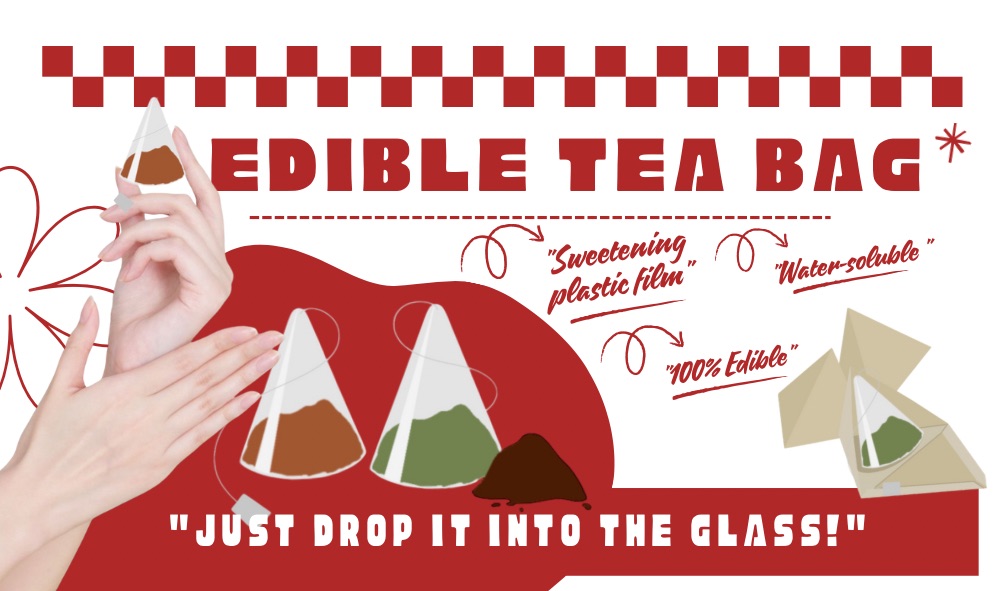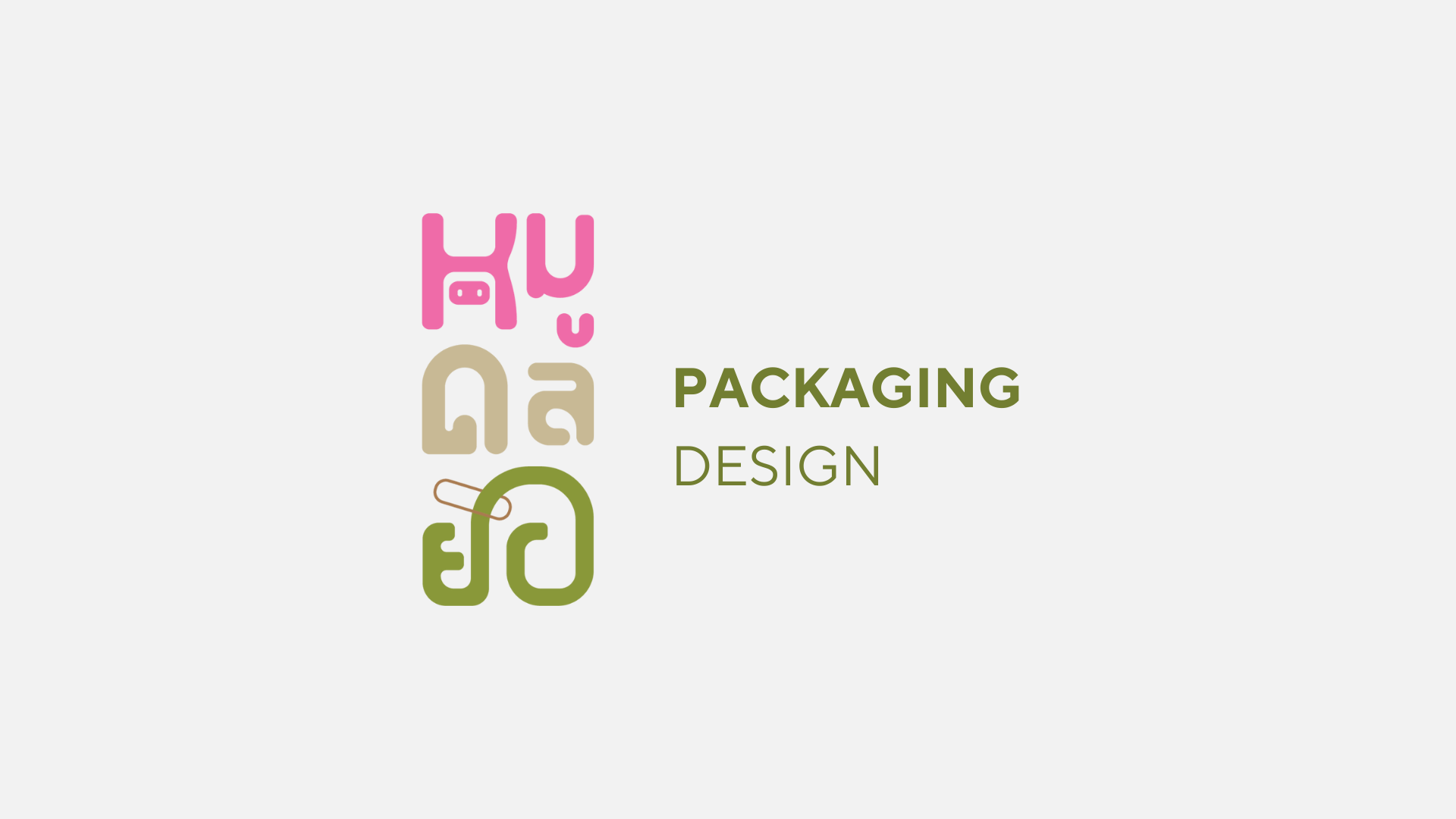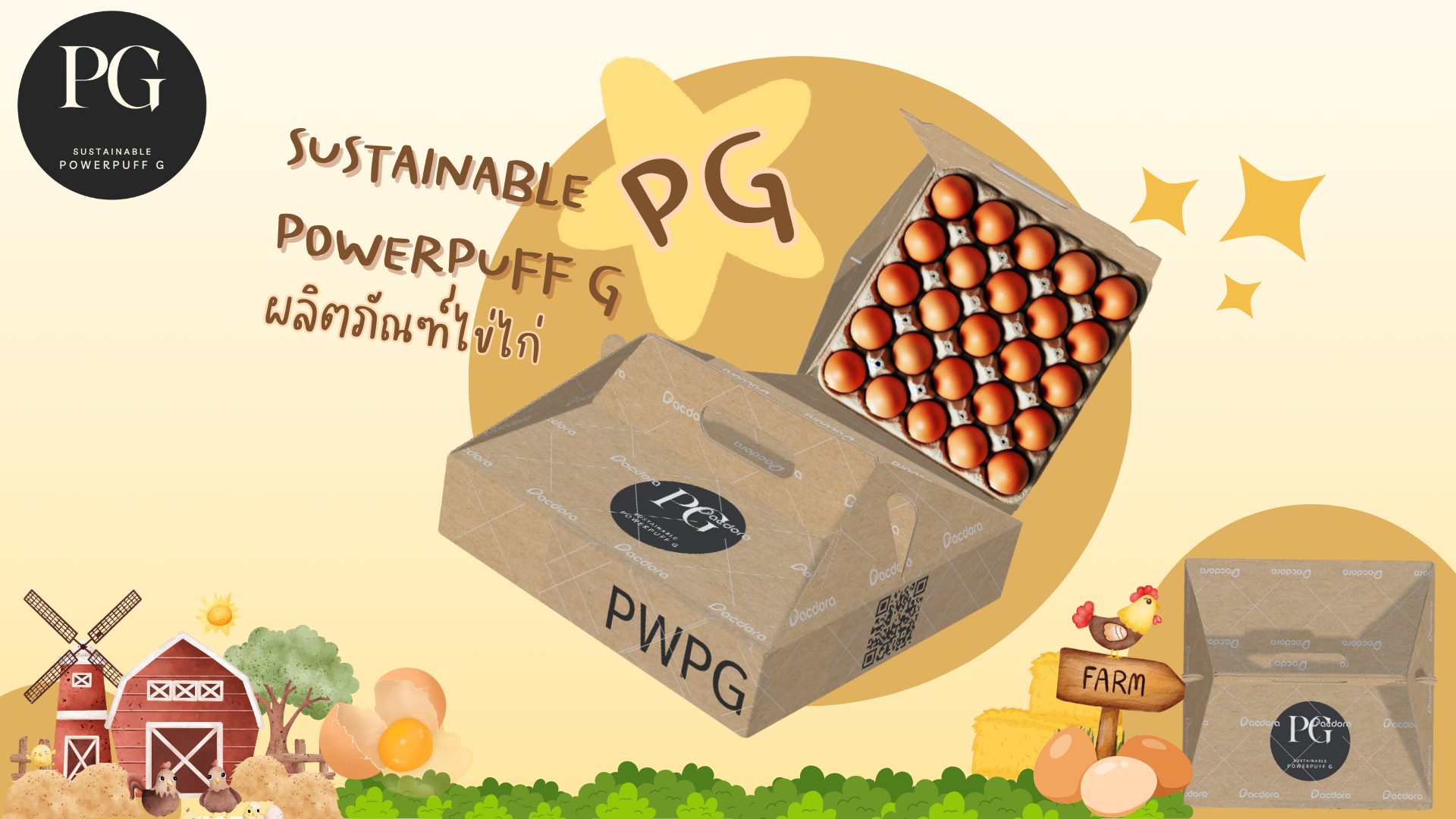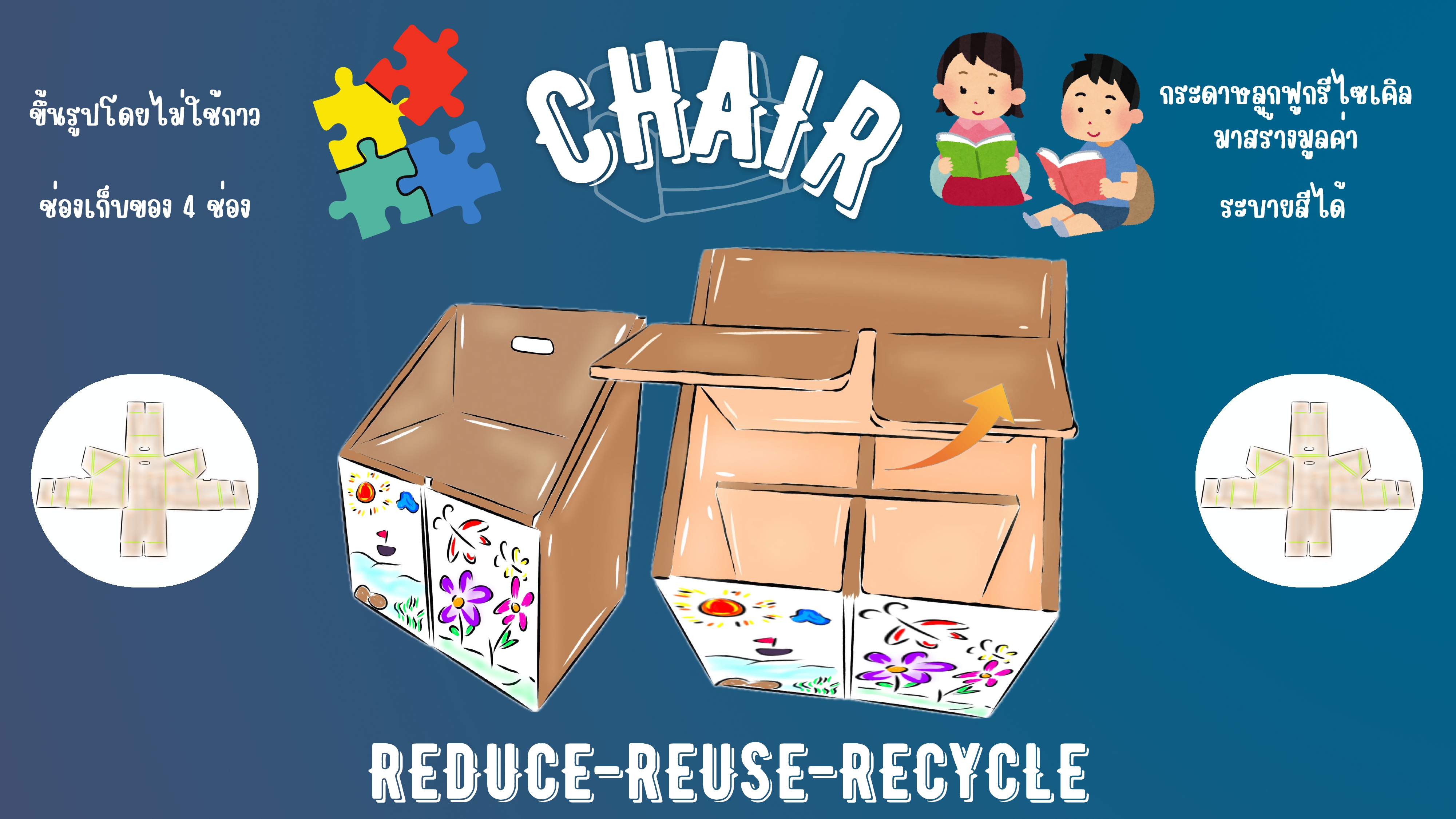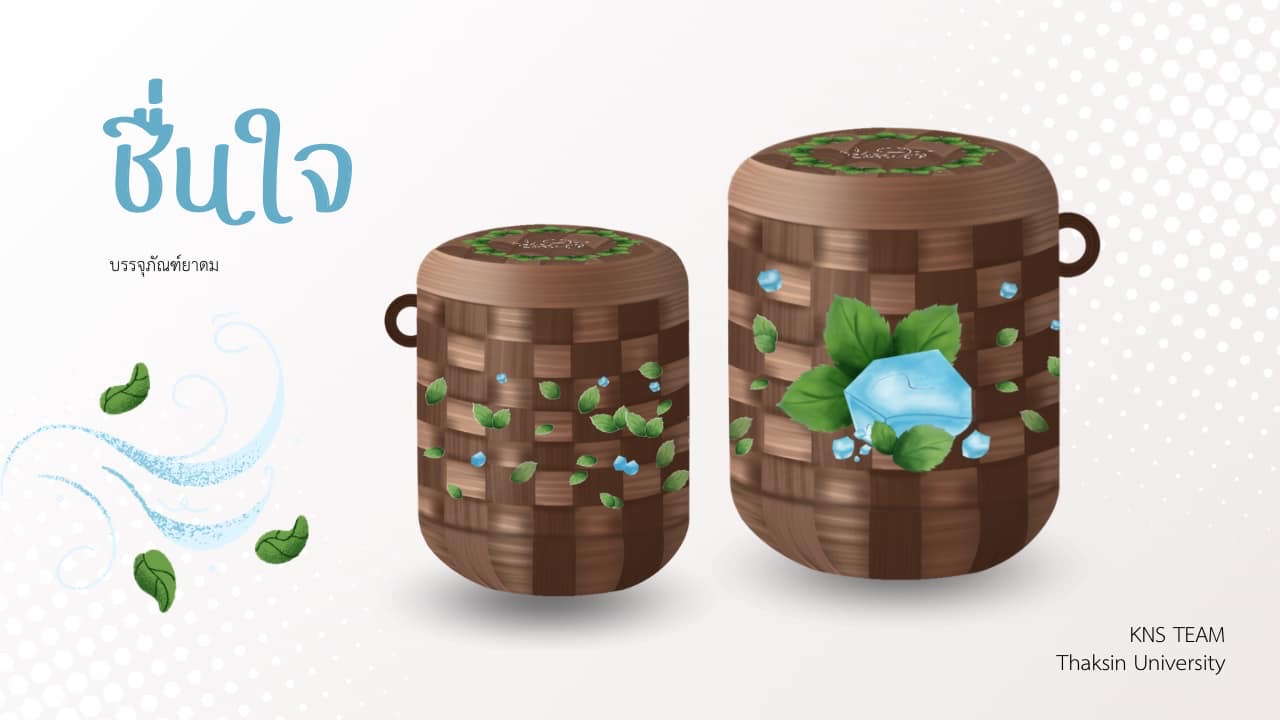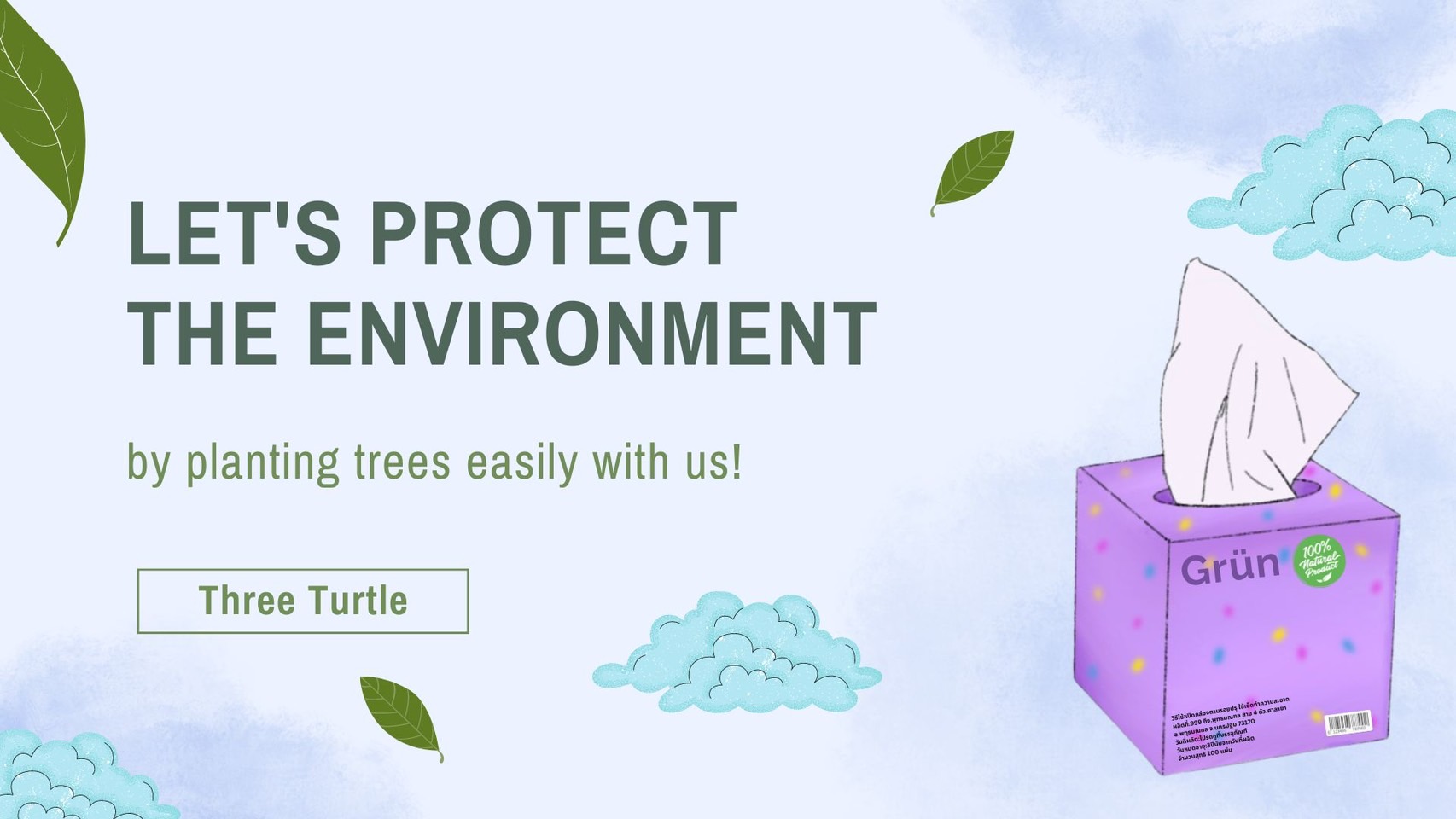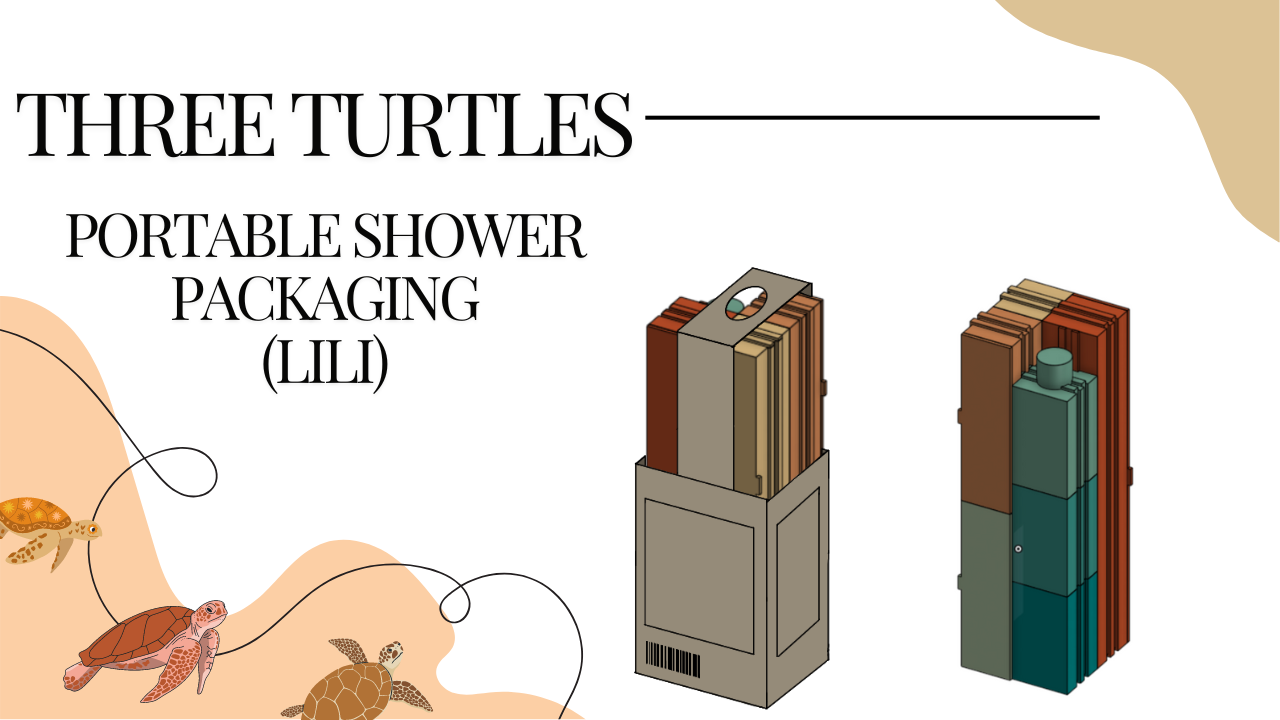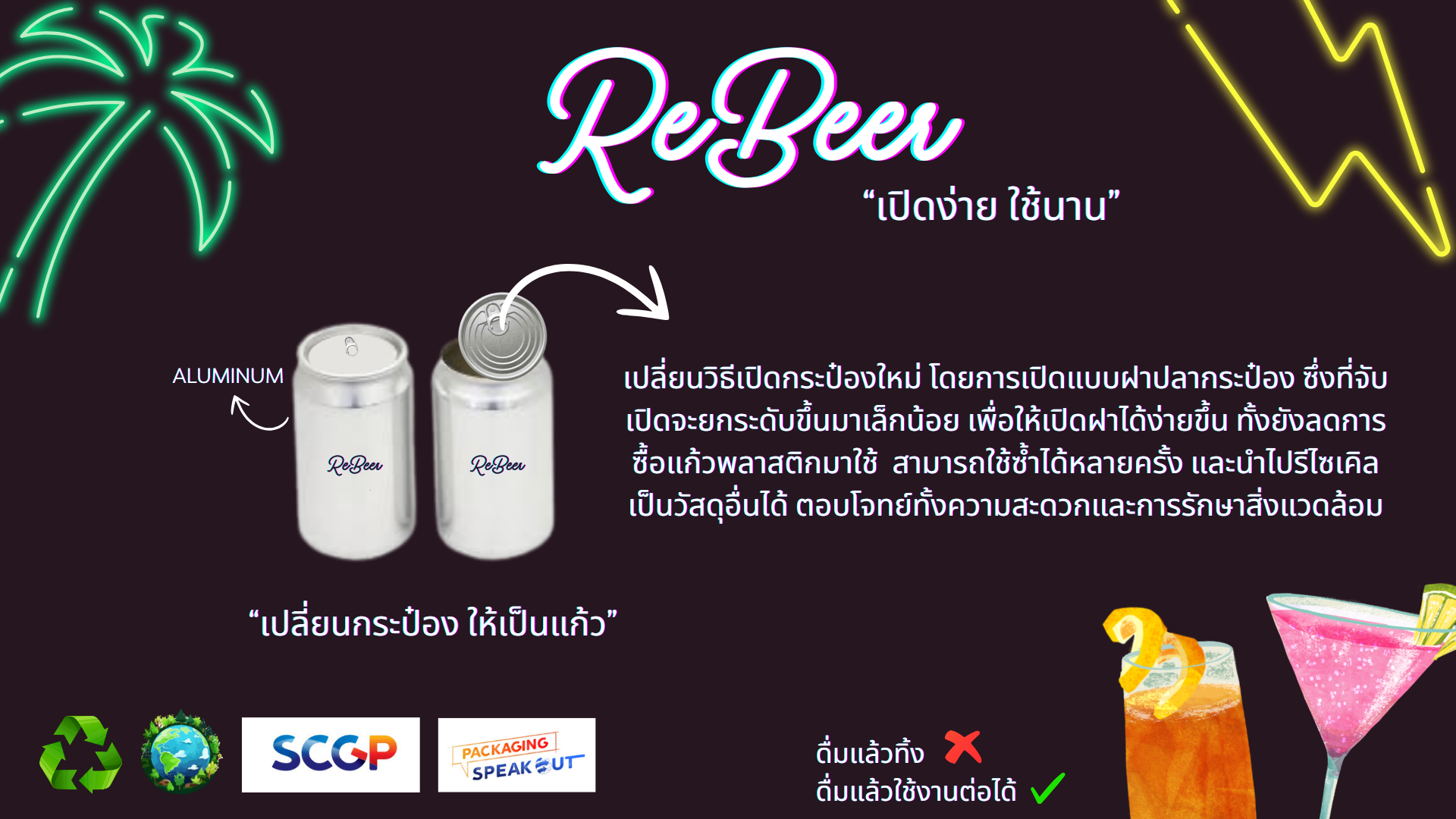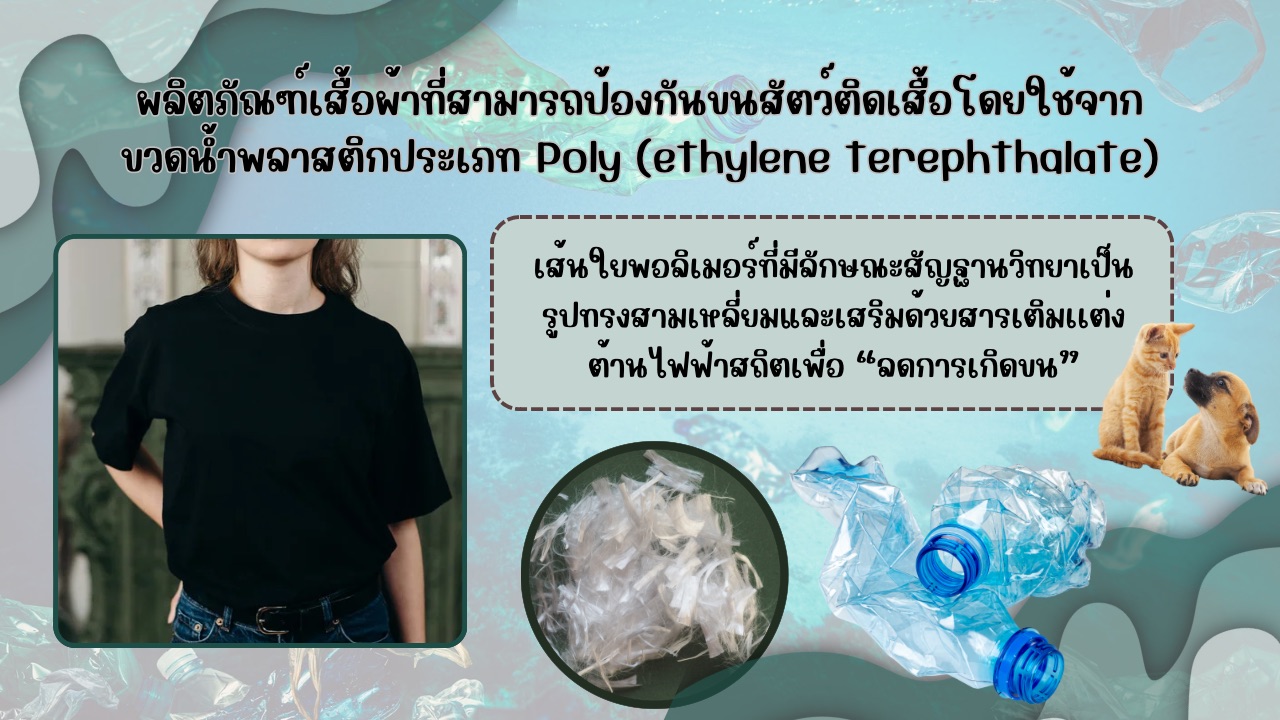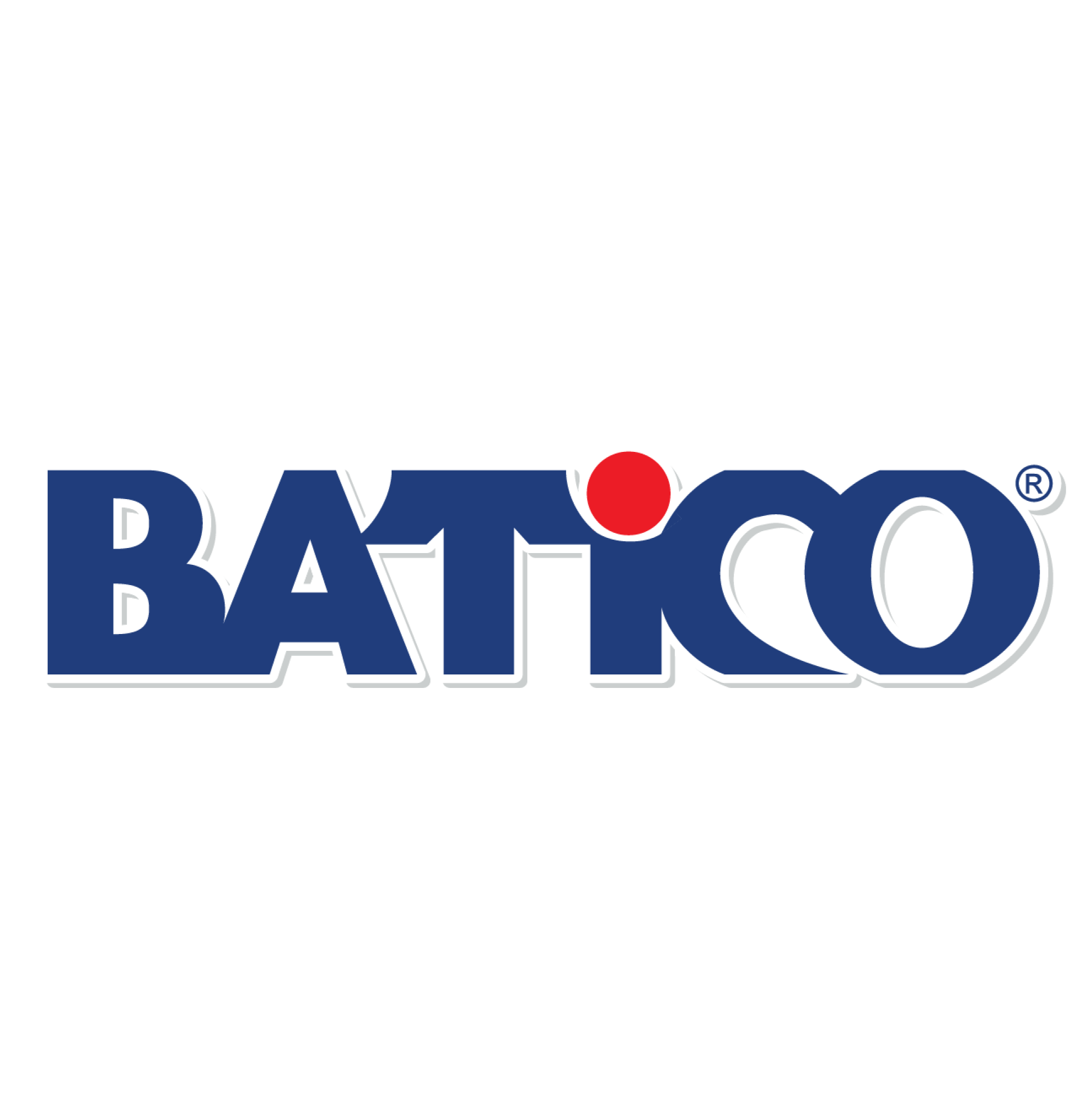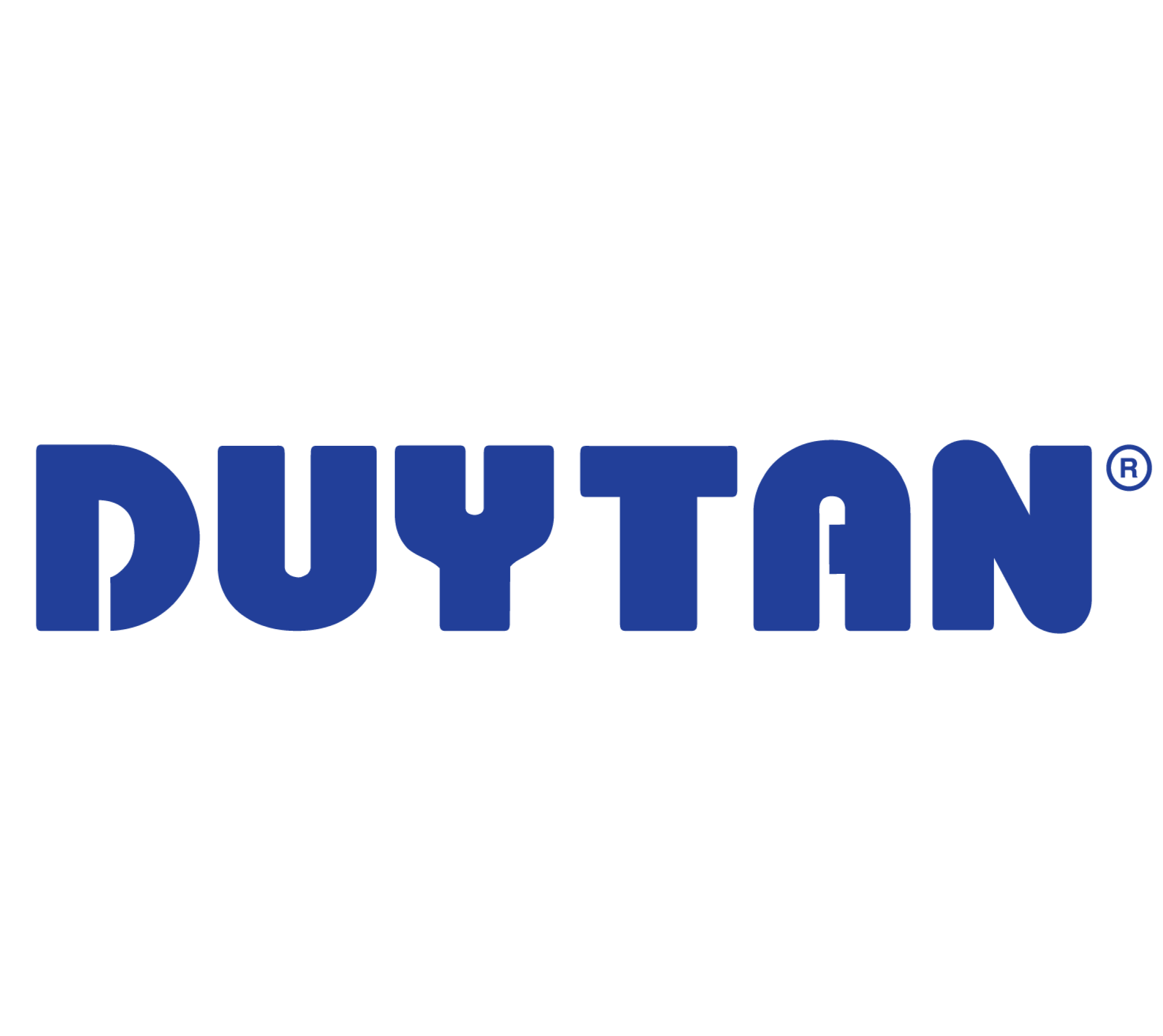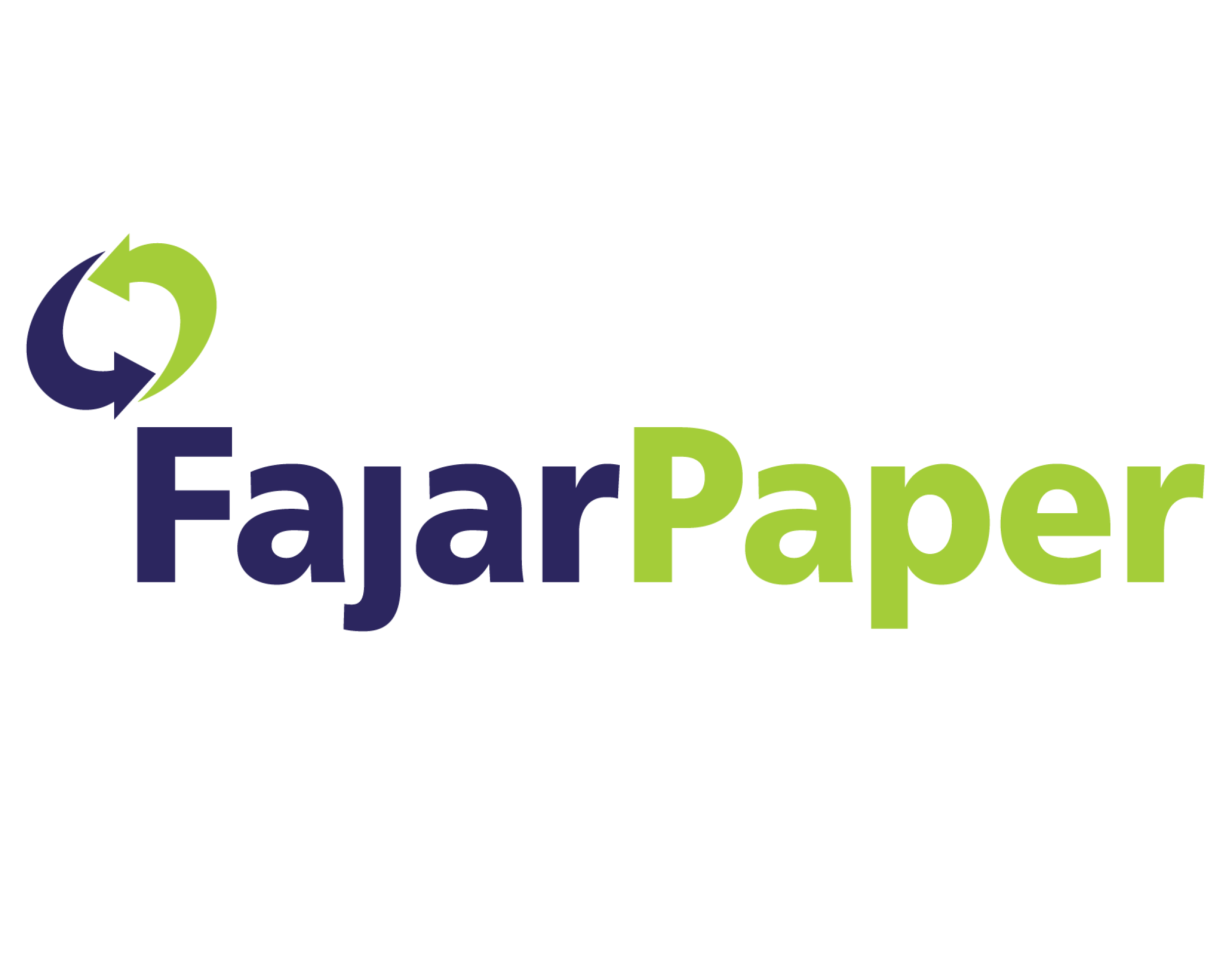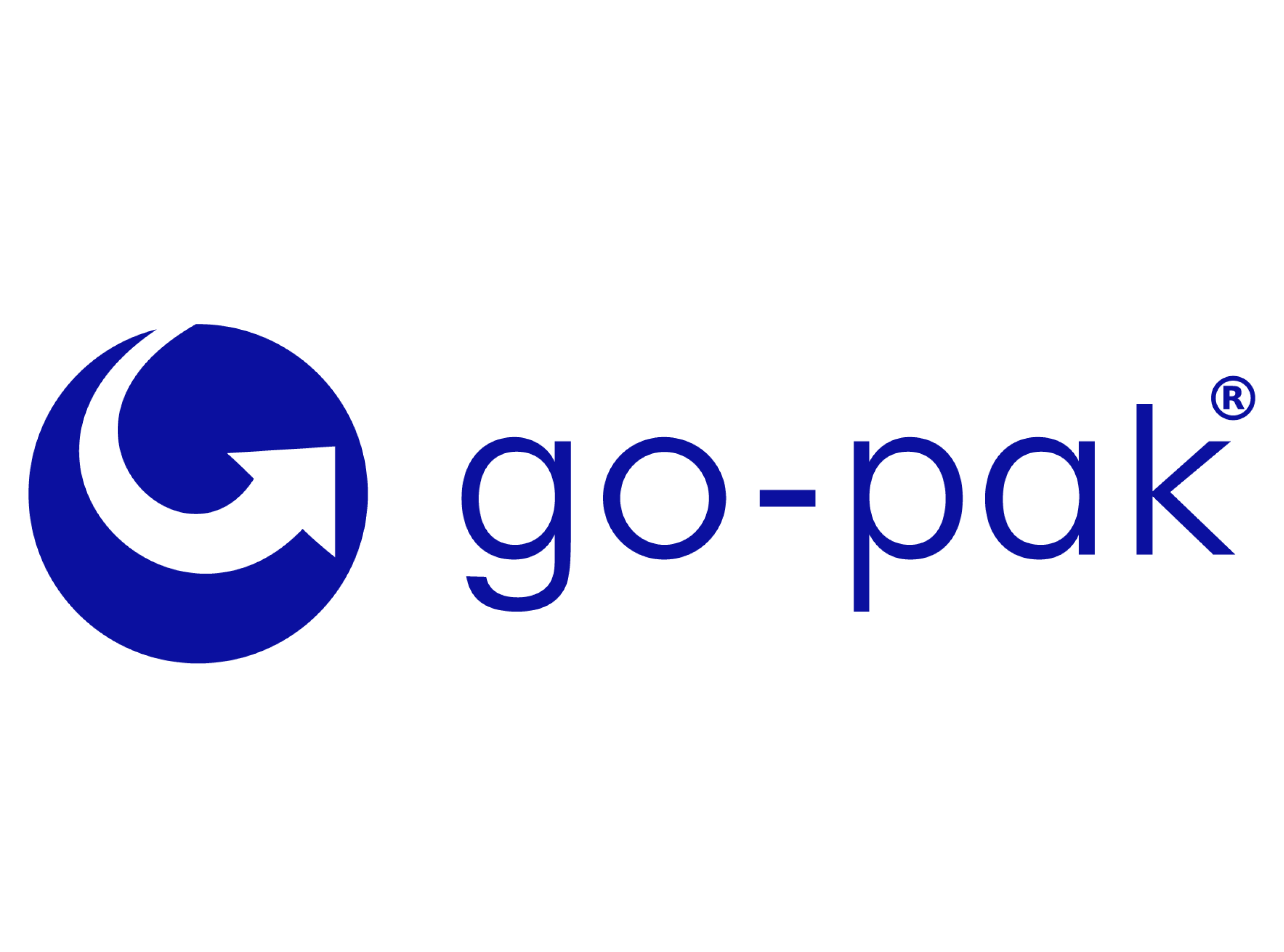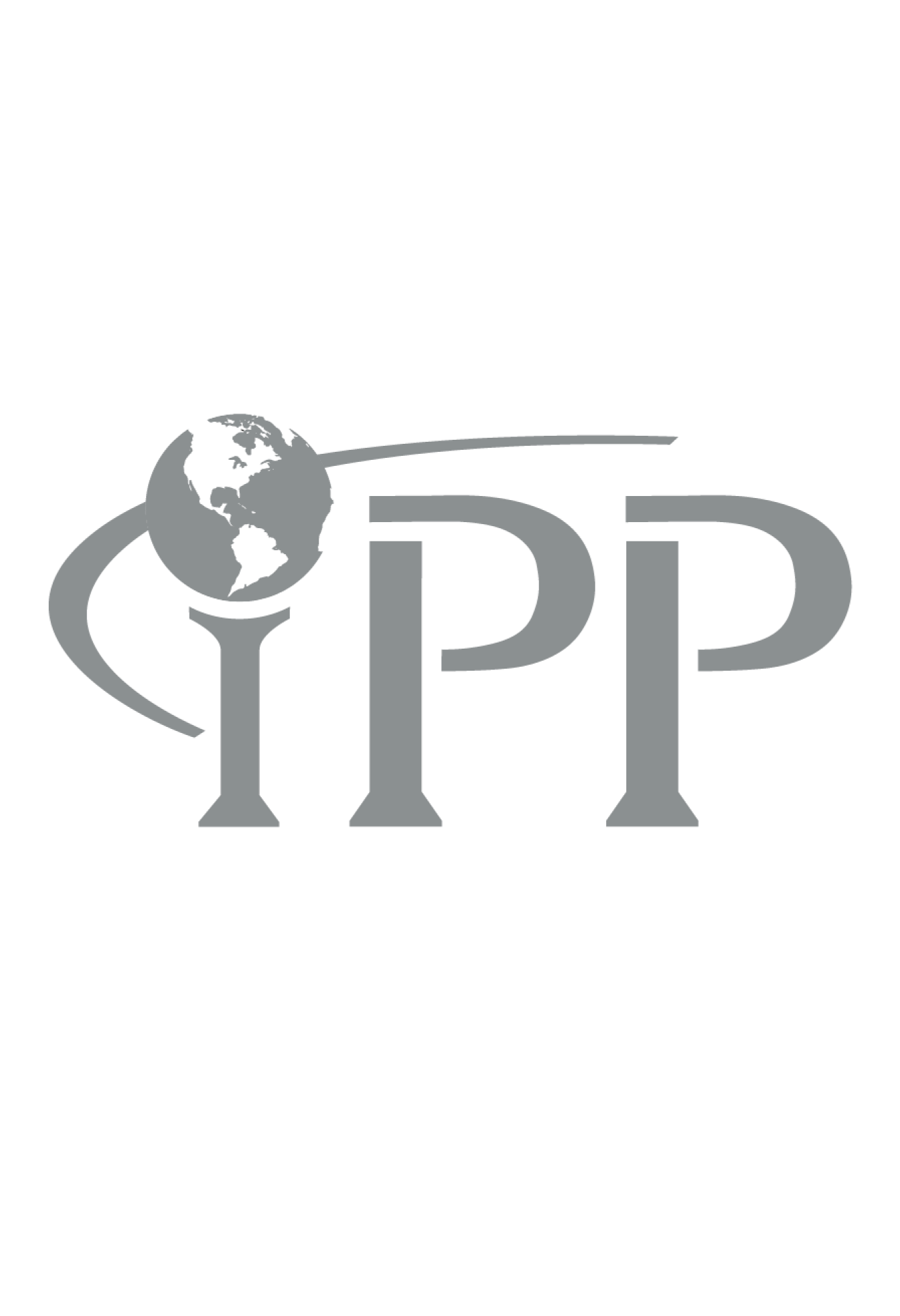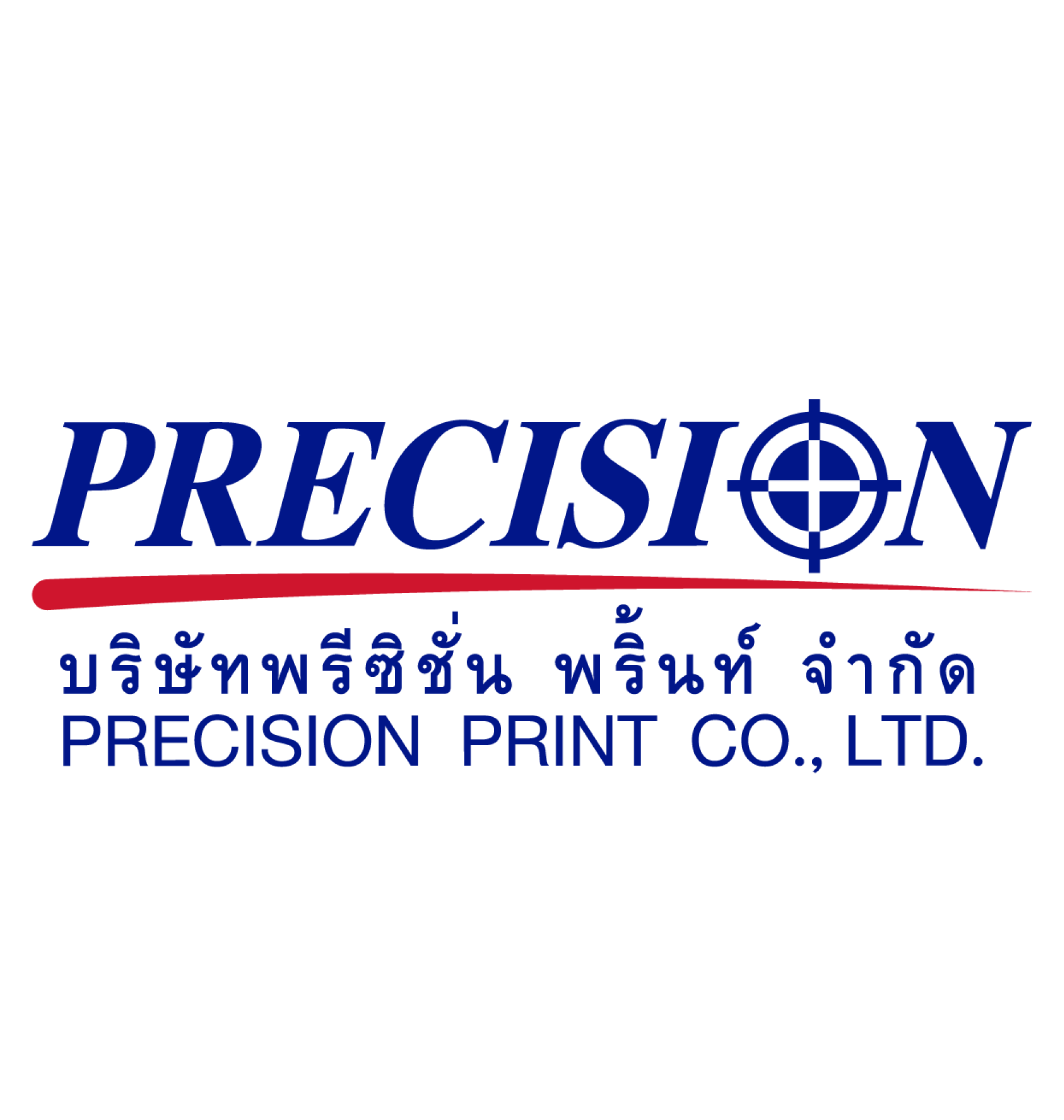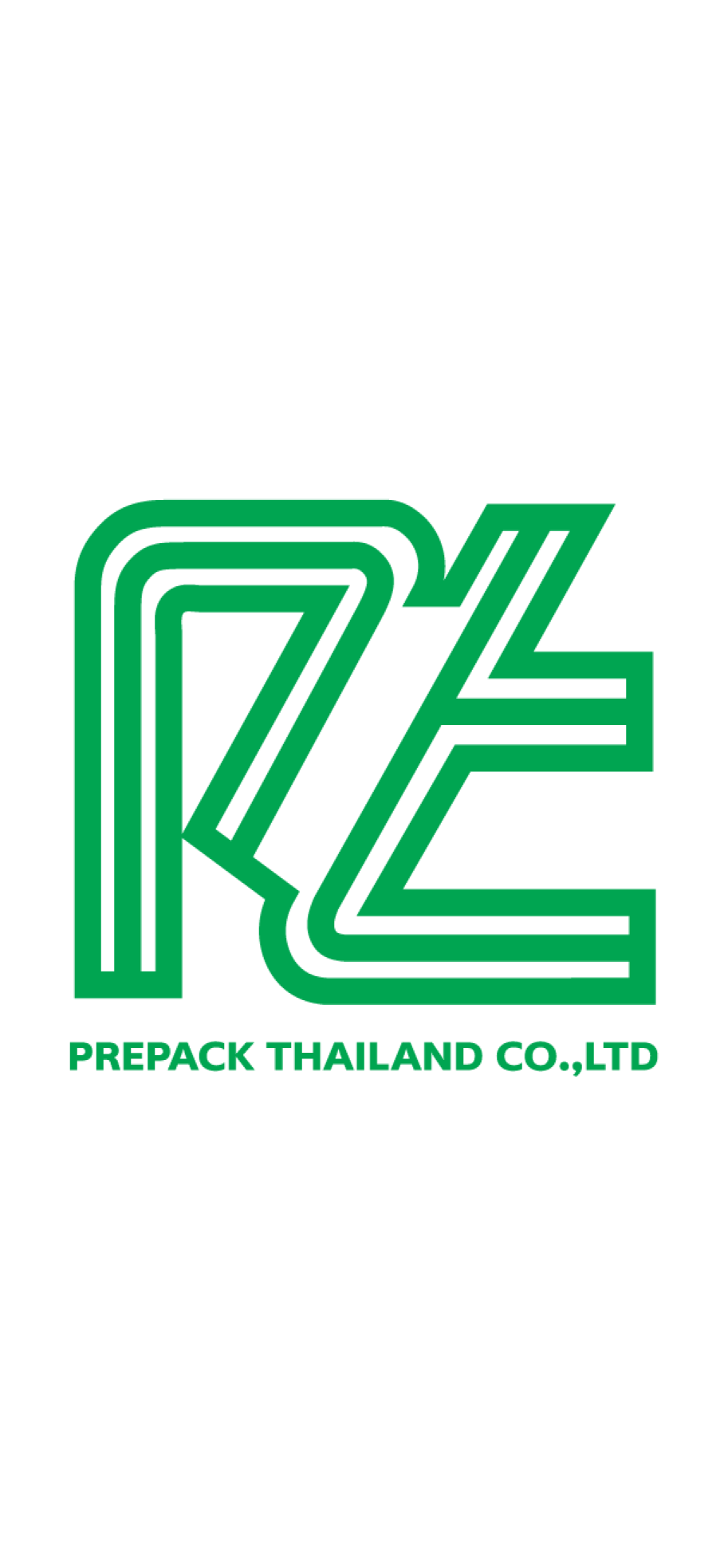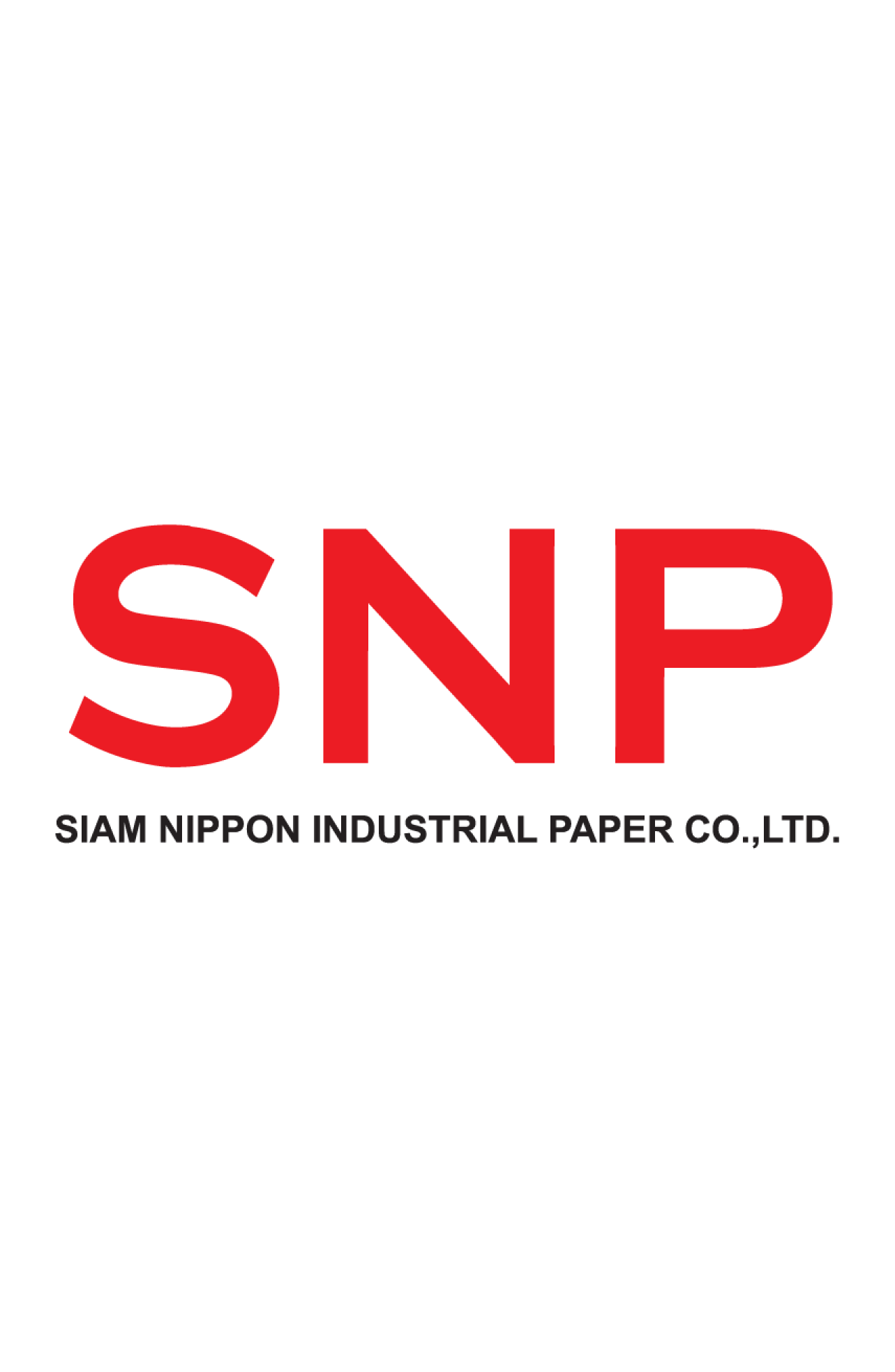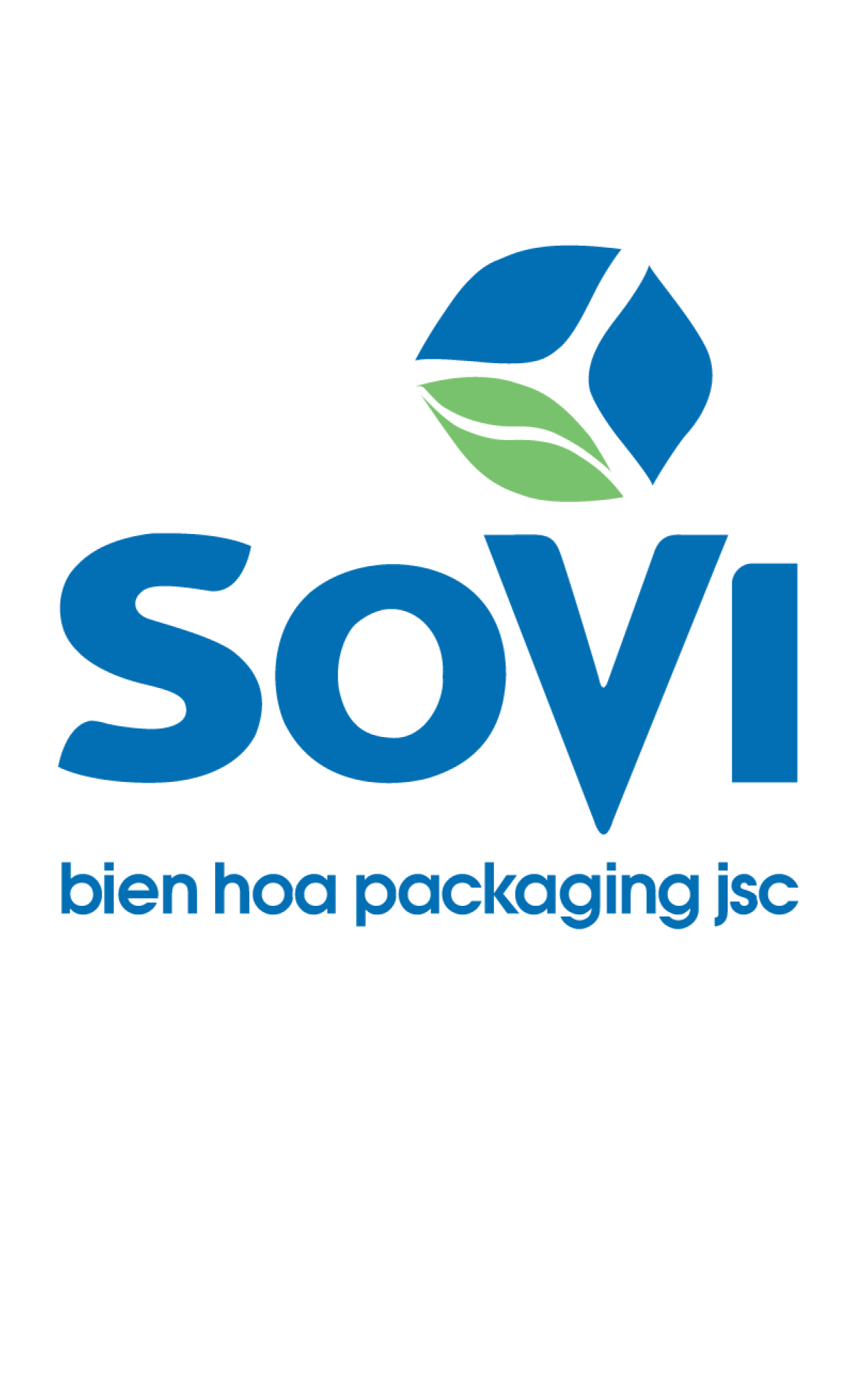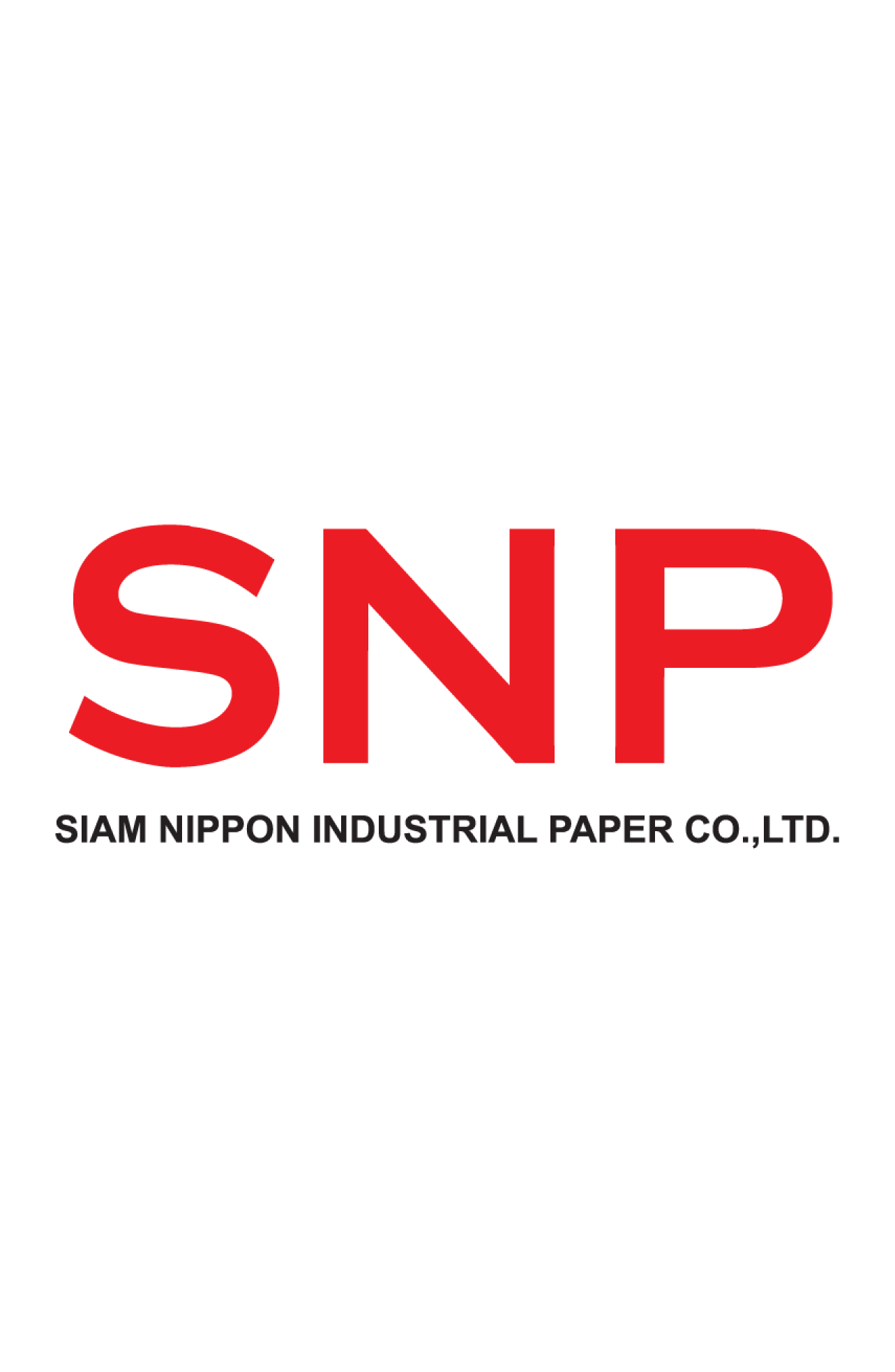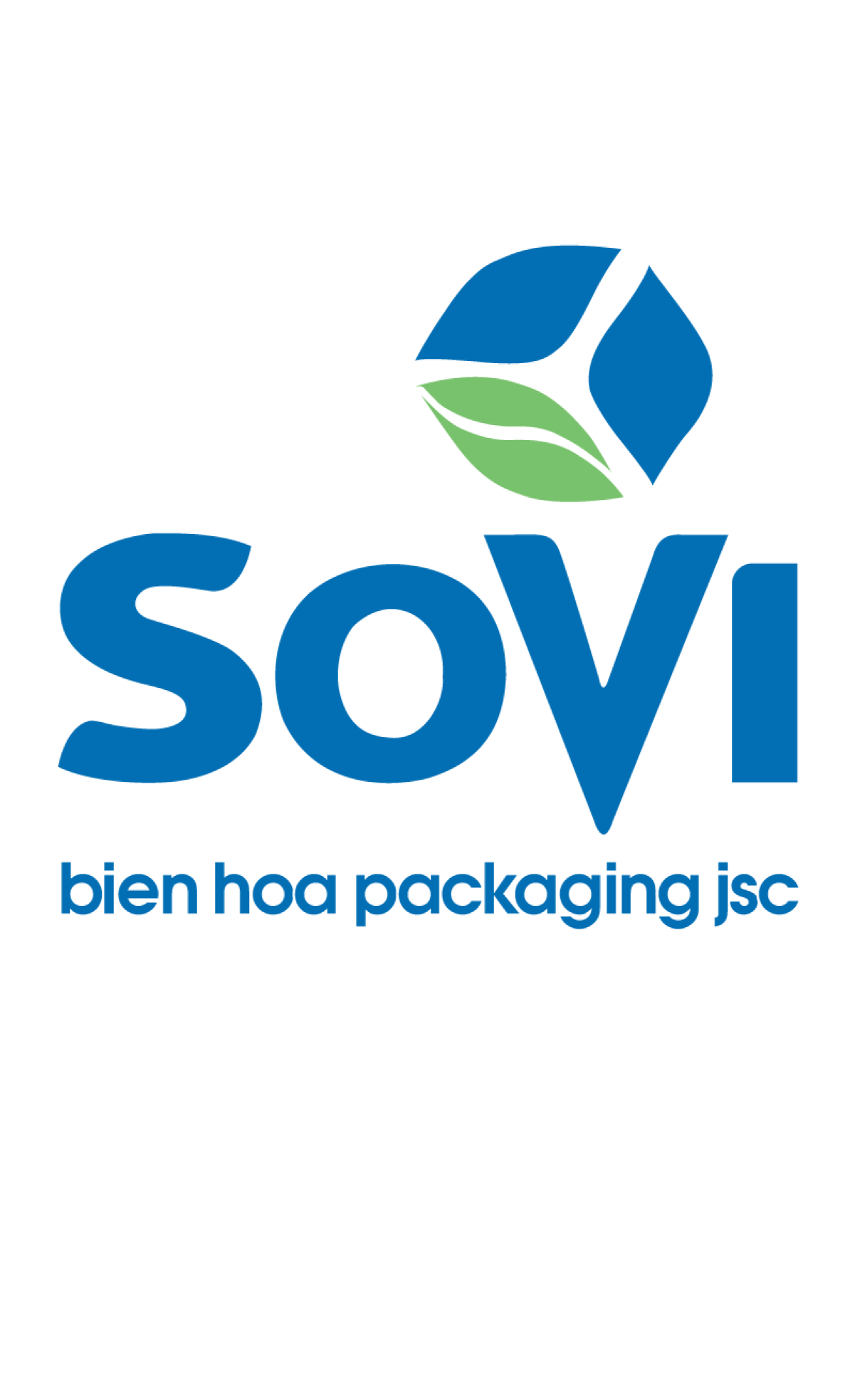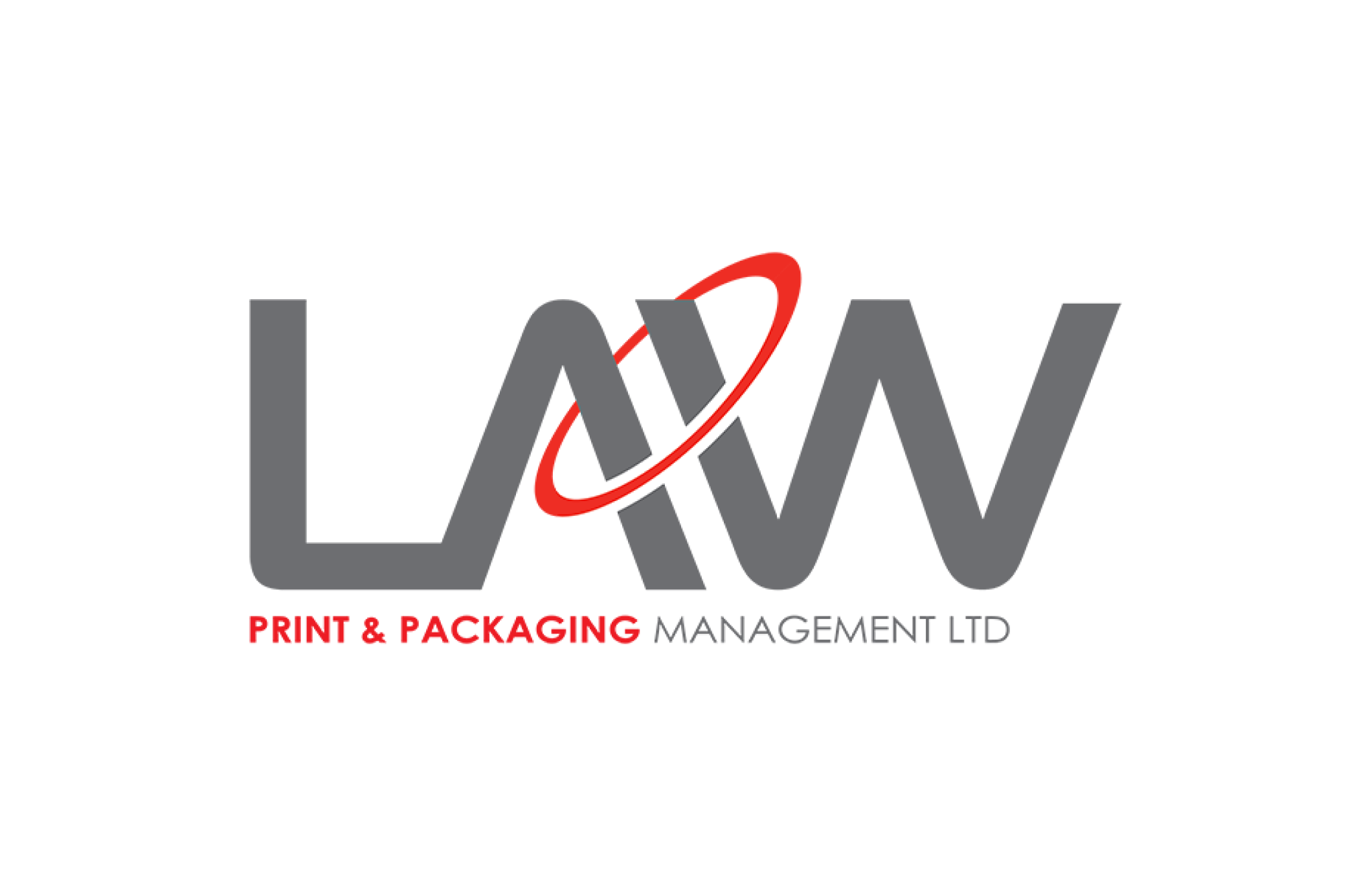PHOM
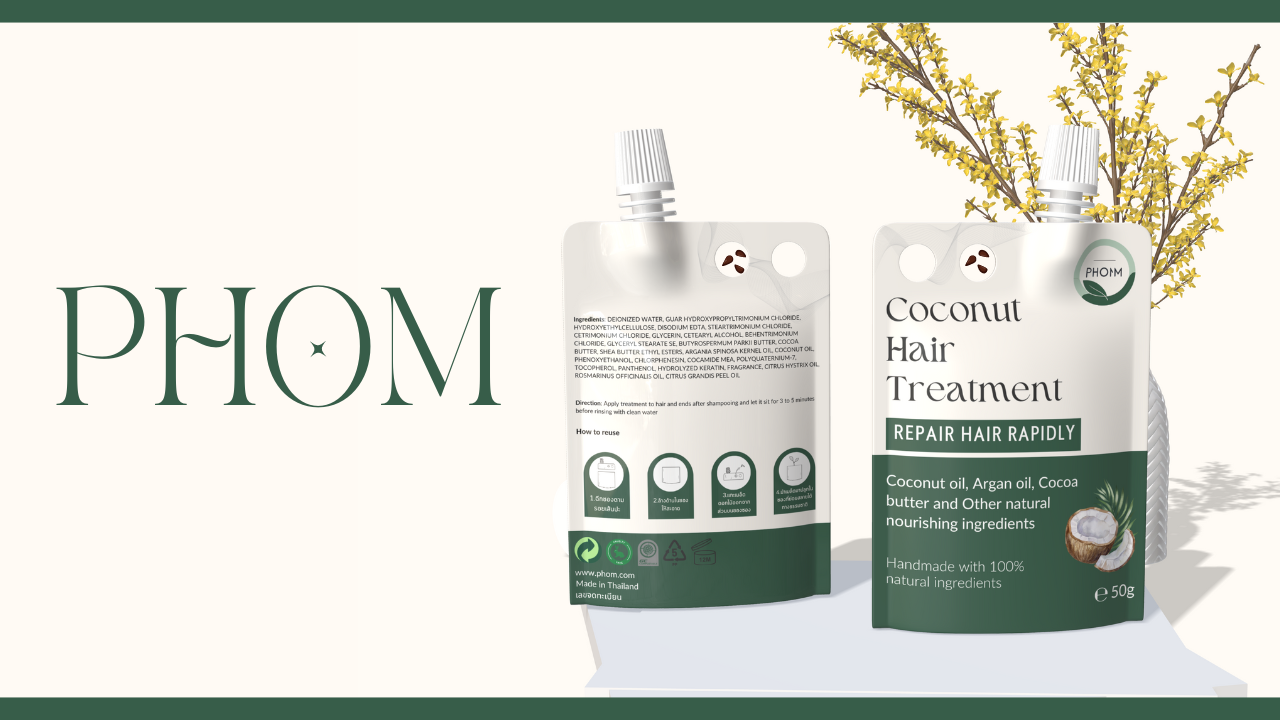
Team : สามสตรีคดีเด็ด
Member
Ms Nopparat Chanmol
Ms Nattayada Thipsot
Ms Paphawarin Oborm
Environmental Business Analysis
Market Situation
The global hair care industry in 2022 was valued at USD 82 billion. Meanwhile, IMARC Group predicts that by 2028, the market will reach USD 107 billion, growing at a compound annual growth rate (CAGR) of 4.4% from 2023 to 2028. This growth is driven by an increase in hair-related problems, a broad range of hair care products available across various distribution channels, and a growing demand for anti-dandruff products with natural ingredients, which will be a key factor propelling the market forward.
The current Thai hair care market is valued at THB 58 billion. Domestic consumption is worth THB 33 billion. Hair care products, including shampoo, conditioner, and treatment masks, hold the largest market share at 82%, or around THB 27 billion. Hair dye products account for 13%, hairstyling products 4%, and hair straightening/perm products 1%.
More than 70% of skincare or cosmetic products we use and dispose of become plastic waste, mostly non-recyclable and sent to landfills. On average, each person generates about 1.14 kilograms of waste per day, and cosmetic packaging contributes significantly to this. According to Zero Waste, the cosmetics industry contributes over 120 million packaging units annually, with 95% being single-use plastics that are mostly non-recyclable. This has led to the rise of the "Sustainability Beauty" trend, which emphasizes recyclable packaging, innovations that reduce carbon emissions, and natural formulations that are safer for consumers and the environment.
PESTEL Analysis
Political
-The Thai government has shown support for the cosmetic market, particularly products made from natural or bio-based ingredients, which aligns with the country’s S-Curve policy. Thailand’s strong agricultural sector positions it as a global leader in the production of natural ingredients, enabling the development of environmentally friendly and safe cosmetic products (Public Relations Department, 2023).
-Plastic waste reduction policies focus on prevention from the production stage, promoting eco-friendly product design, minimizing toxic substances, and encouraging producers to take responsibility for their waste (Green Network, 2022).
Economic
-The growth of the cosmetics market will contribute to direct and indirect revenue for Thai businesses, especially core stakeholders like manufacturers, exporters, importers, and distributors of cosmetics. Additionally, companies involved in producing, importing, and exporting raw materials, both natural and synthetic, as well as herbs, will benefit. Related businesses are also expected to gain from this growth (ThaiPublica, 2023).
Social
-Consumers are increasingly prioritizing health by using organic and natural-based products that cater to all generations. These products promote health and natural beauty. In 2023, organic hair care products gained significant popularity. A study by DSM revealed that 56% of consumers place greater emphasis on "safe ingredients" than packaging, brand, or fragrance when purchasing hair care products (Sanook, 2023).
Technology
-Bioplastic technology is seen as a solution to mitigate global warming by reducing petroleum-based plastic usage, a key contributor to carbon emissions and pollution. Bioplastics can cut greenhouse gas emissions by up to 80% compared to conventional plastics. Moreover, using plants such as sugarcane and corn, or non-food biomass, to produce bioplastics helps absorb atmospheric carbon through photosynthesis.
Environmental
-There is a global movement towards nature conservation and environmental protection. Consumers' behavior is shifting towards purchasing eco-friendly products and services to minimize environmental impact. Businesses are adapting to sustainability trends to not only respond to consumer demand but also enhance competitiveness and reduce costs through eco-conscious strategies (Climate Change Department, 2019).
Brand Development Goals
-Brand Identity
1. Core values: Organic, eco-friendly packaging
2. Logo and color design: Reflects organic characteristics
-Brand Story
1. Emphasize the organic nature of the brand and its environmentally friendly packaging
-Awareness
1. Use online marketing and invest in advertising through social media platforms like Facebook, Instagram, and TikTok to reach diverse customer groups
2. Develop content highlighting the product’s sustainability and environmental awareness
Target Customers and Insight
-Primary Target Group: Eco-Minded
Name: Noon Siripan
Age: 30-45
Income: Middle to high
Status: Married or with family
Residence: Urban or suburban
Purchasing behavior: Chooses eco-friendly products that reduce waste and minimize environmental impact. She prefers organic products with eco-certification and is concerned about the ingredients in hair care products and the environmental impact of packaging.
Motivation: A desire to protect the environment, reduce plastic usage, and set an example for her children or family in caring for the planet.
Insight: She feels proud to choose products that reduce plastic waste and views her choices as a personal and familial responsibility toward the environment. She values product quality but also looks for brands that reflect her environmental beliefs.
-Secondary Target Group: Eco-Trendy
Name: Koy Orathai
Age: 24-35
Income: Middle
Status: Single or in a relationship
Residence: Urban
Purchasing behavior: Enjoys trying new products and follows trends. She seeks products that align with her eco-conscious image and prefers modern, stylish packaging.
Motivation: To maintain a trendy, socially responsible image
Insight: She wants eco-friendly products to enhance her image and sees biodegradable packaging as a way to demonstrate her responsibility, while still desiring modern, distinctive designs.
Packaging Design for Social and Environmental Impact
-Easy to use
-Eco-Friendly
Materials:
-Cap – Made from polypropylene (PP) or post-consumer recycled (PCR) plastic, a highly durable, eco-friendly option that’s easily recyclable.
-Pouch – Made from bioplastics derived from plant-based sugars like sugarcane and corn, biodegradable under suitable conditions into biomass, CO2, and methane without leaving harmful residues.
Marketing Activities and Brand Development through Packaging
Using the 4P and IMC tools, we can create strategies as follows:
1. 4P (Product, Price, Place, Promotion)
Product:
- Packaging "PHOM" uses bioplastic from sugarcane and corn, biodegradable within 180 days
- Reusable function: Packaging can be repurposed as small plant pots, promoting green initiatives
Price:
- Mid-range pricing to target eco-conscious consumers, balancing sustainability and value
Place:
- Distribution: Offline through retail stores and malls, online via brand websites and e-commerce platforms
Promotion:
- "Beauty Grows" campaign encourages users to share pictures of repurposed packaging for planting, using the hashtag #BeautyGrows
2. IMC (Integrated Marketing Communications) Tools
- Advertising on social media, focusing on environmental friendliness
- Public relations through partnerships with environmental organizations
- Sales promotions for customers recycling packaging
- Digital marketing with a microsite for the "Beauty Grows" campaign.
By integrating 4P and IMC tools, the "PHOM" brand can be positioned as both a beauty product and a champion of environmental sustainability.
Marketing and Brand Evaluation
1. Increased engagement
2. Increased sales
3. Positive customer experiences
4. Reuse of bioplastic pouches
5. Repeat customer

